Following Lambert Simnel’s coronation in Dublin in May of 1487 the Yorkist rebel army landed at Piel Island, Furness in Lancashire on this day. As they made their was south east, they gathered English soldiers and Irish and German mercenaries before coming face to face with the forces of Henry Tudor on Stoke battlefield on the 16th of June
Making their way to the final battle of the Wars of the Roses the Yorkist rebels, under the command of Francis Lovell and John de la Pole, make camp at Jervaulx Abbey in Yorkshire on this day in 1487.
The forces of Francis Lovell and John de la Pole reach the Yorkshire village of Masham. From here a request is sent to enter the city of York, but it is denied. The rebels are told that the city would
"withstand them with their bodies."
Henry VII reaches Leicester and is joined by Jasper Tudor, John de Vere, George Talbot and Edward Courtenay.
At midday, Henry Clifford, departs from York with 400 men and heads towards Tadcaster to take on the forces of Francis Lovell. He returns, not only defeated but poorer, having lost all their money to the victorious Yorkists.
Henry Clifford leaves the City of York (again) this time in the company of Henry Percy, Earl of Northumberland, however they are soon informed that Thomas, Lord Scrope of Masham, with John, Lord Scrope of Bolton were besieging York at Bootham Bar.
The forces of Henry VII cross the Leicestershire/Nottinghamshire boarder and armies of John de la Pole and Francis Lovell join forces.
After staying at Masham on the 8th, the Yorkist rebels advance to Nottinghamshire is not well documented but it was via Branham Moor in Yorkshire. It has been stated that they passed the village of Southwell and Averham via Pontefract, Doncaster and Worksop as they made their way towards the River Trent at East Stoke.
The Battle of Stoke, which took place on the morning of the 16th June 1487, saw off the last of the Plantagenets and gave the Tudors a foundation on which to build their new dynasty, was an attempt by Yorkist loyalists to take the crown from the head of Henry VII and place it on the head of Yorkist figurehead Lambert Simnel, a claimant to the English throne, posing as Edward, Earl of Warwick.
meanderingthroughtime.weebly.com/wars-of-the-roses-blog/battle-of-stoke-the-battlefield-site

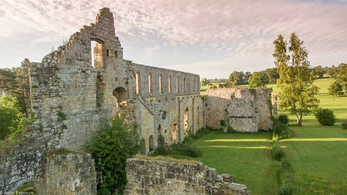
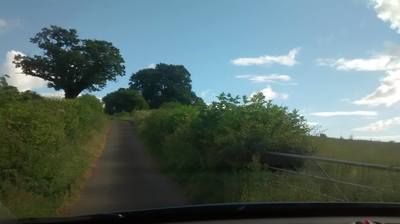
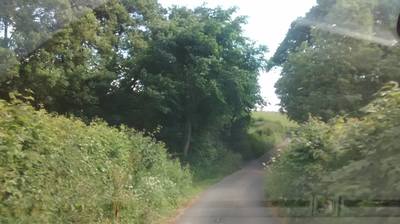
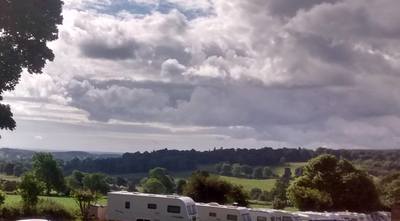
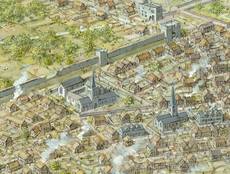

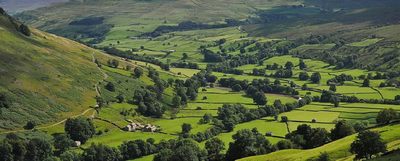
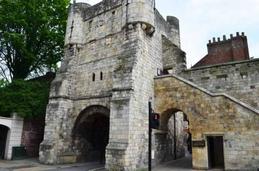
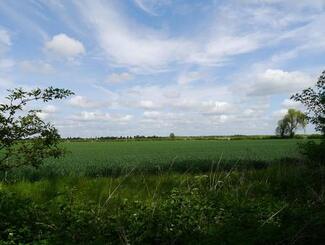
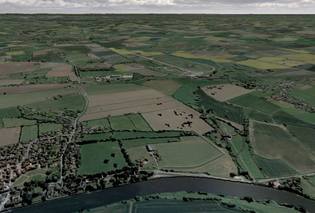

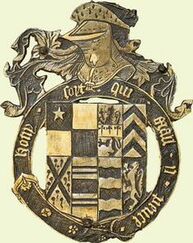
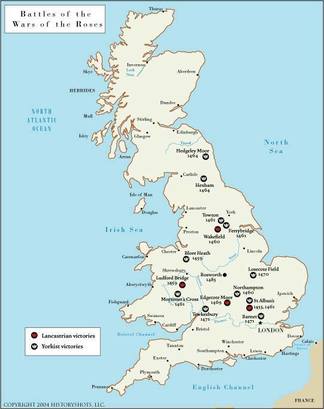
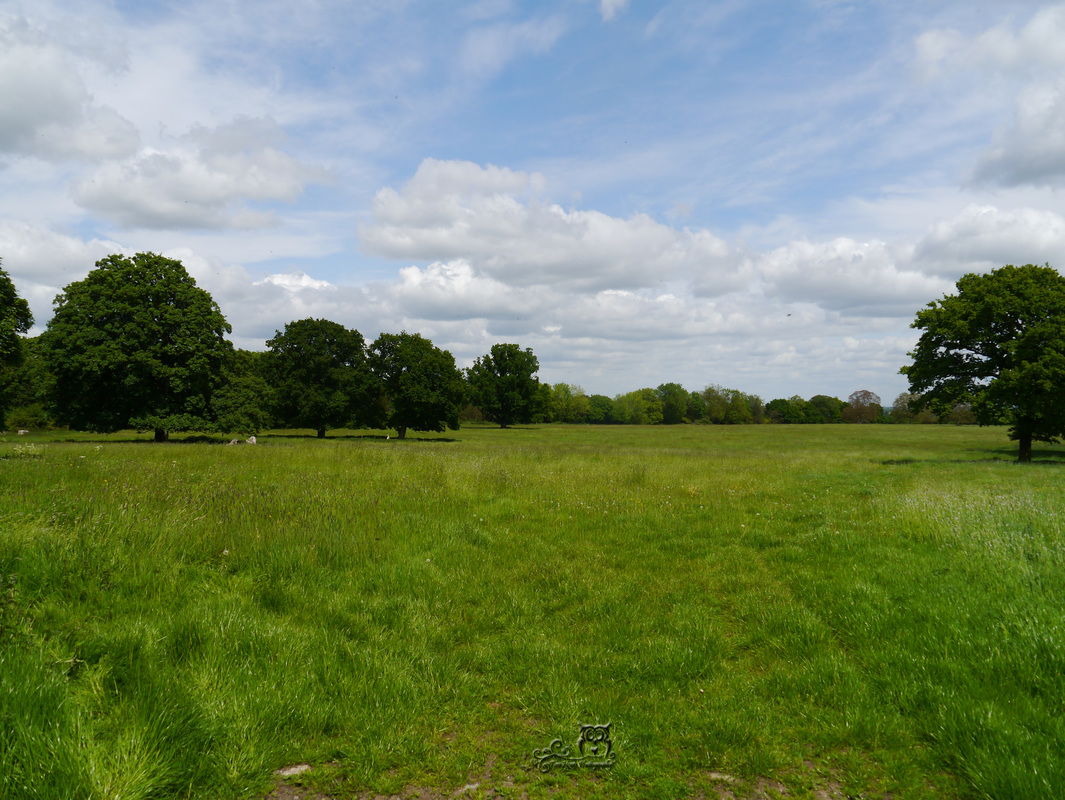
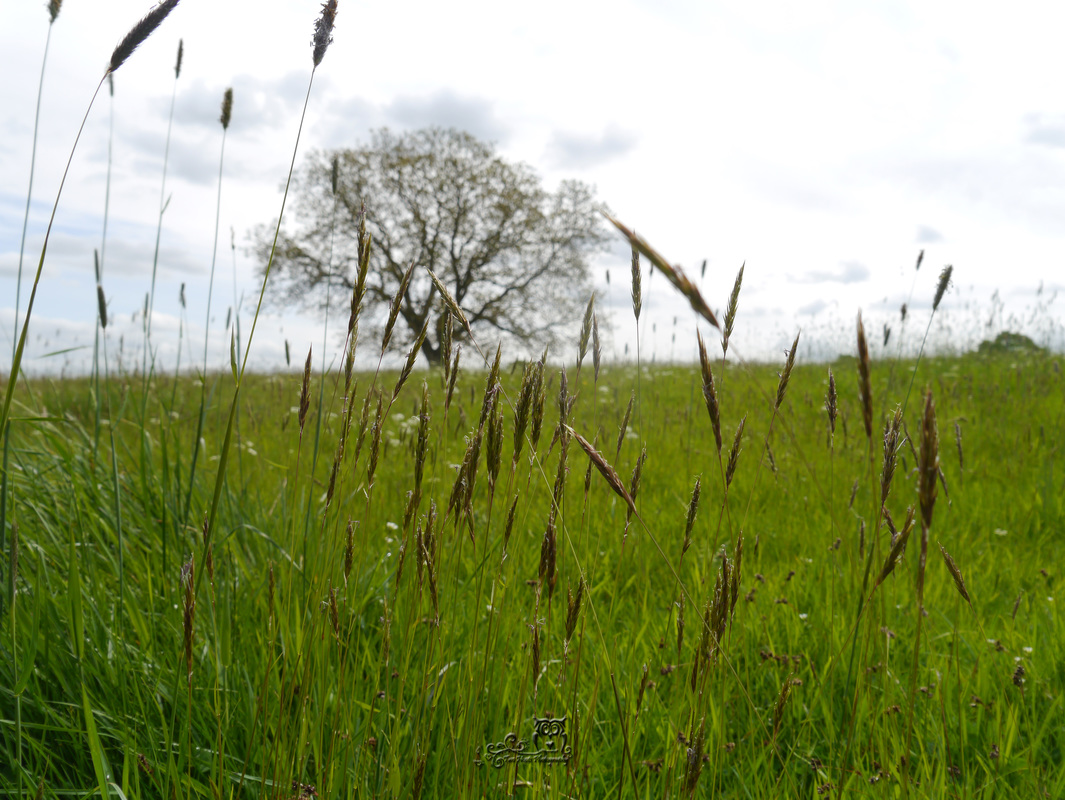
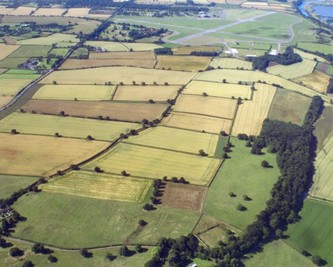
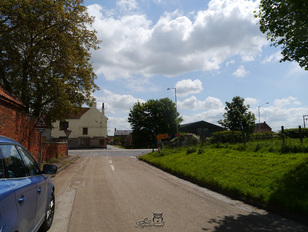
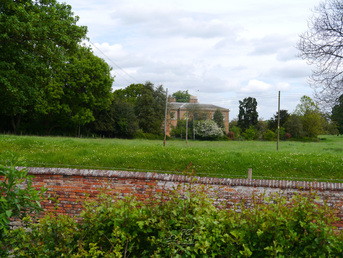
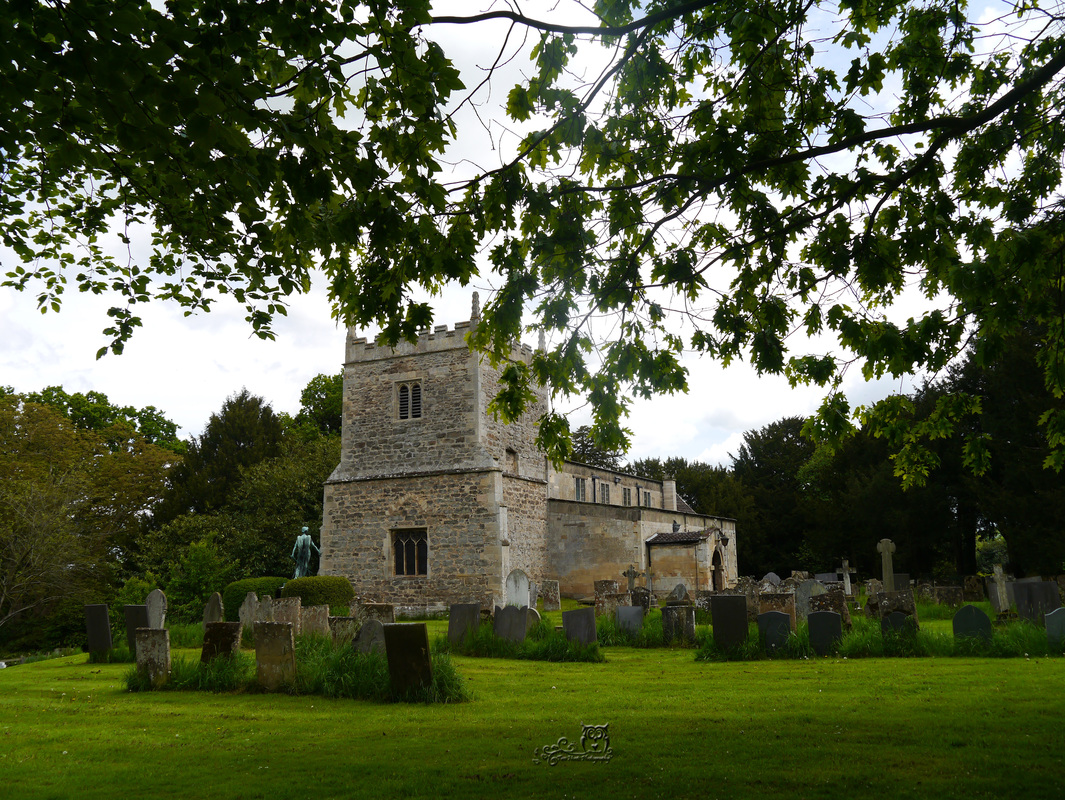

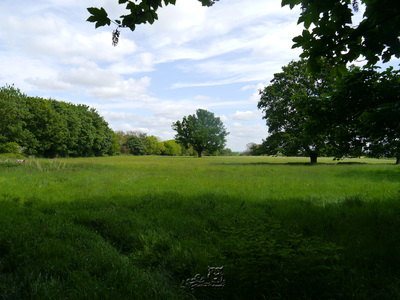
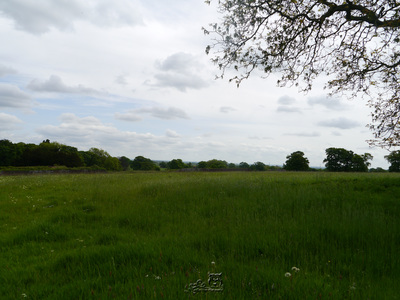
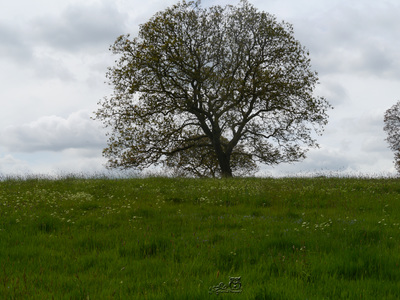
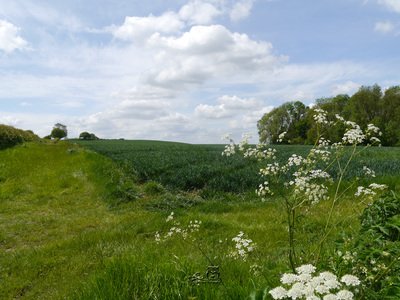
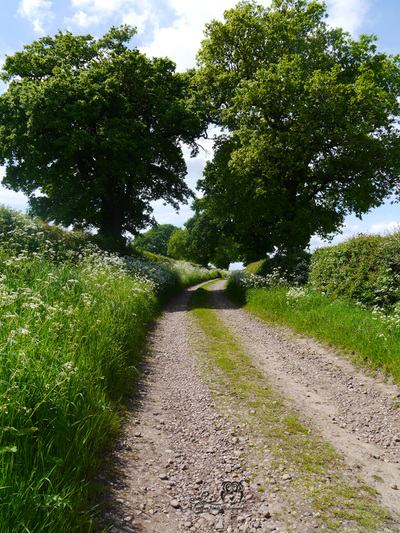
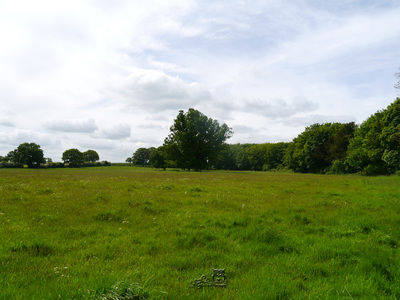
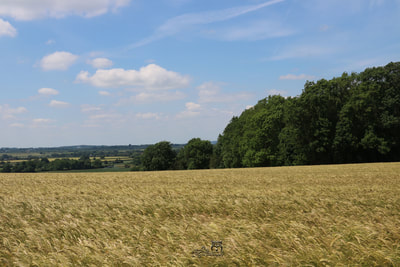
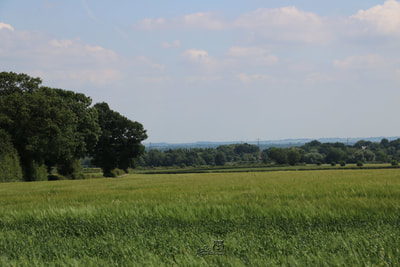

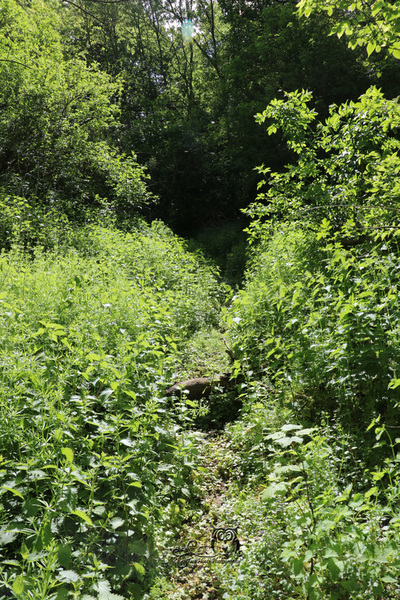

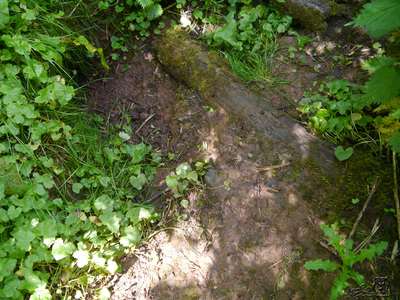
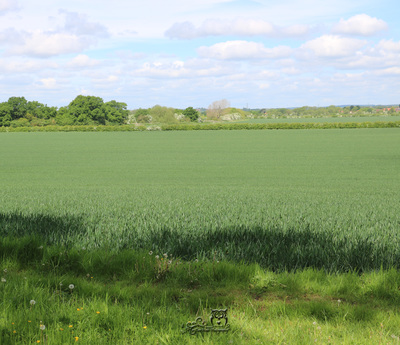

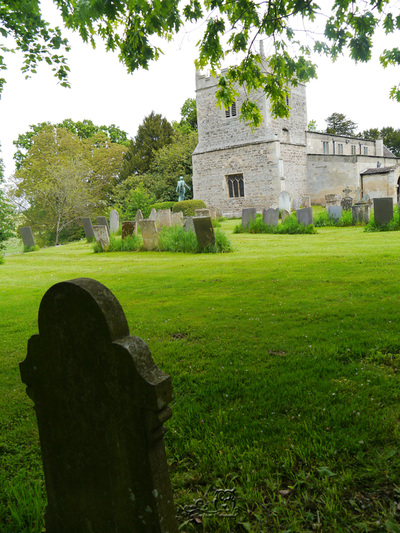
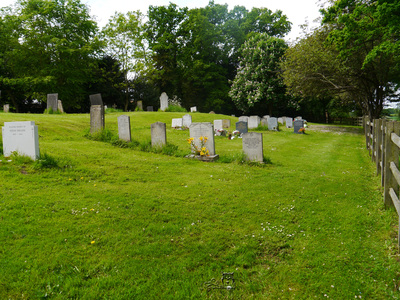
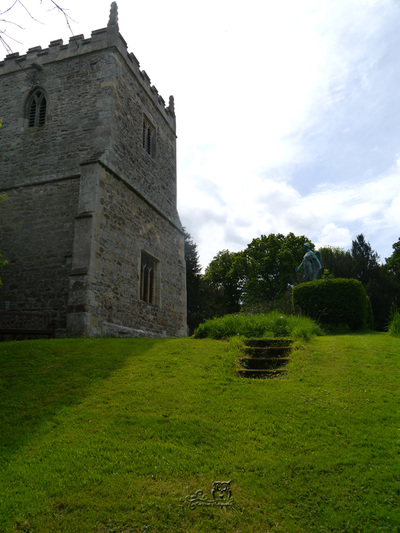
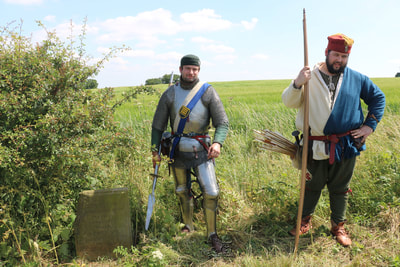
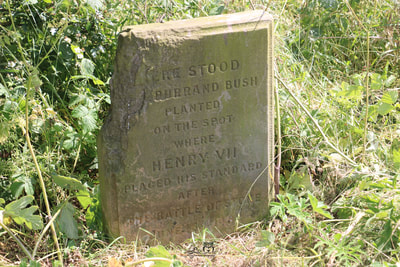
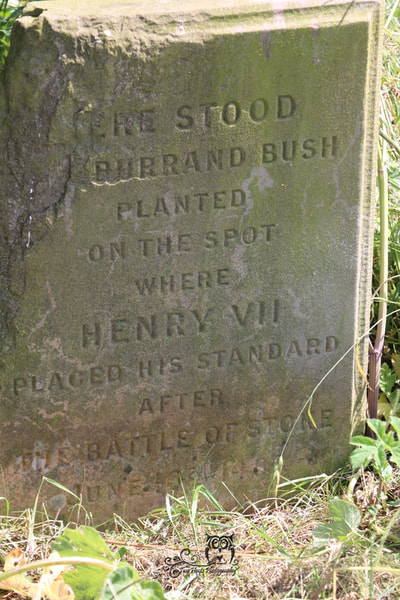

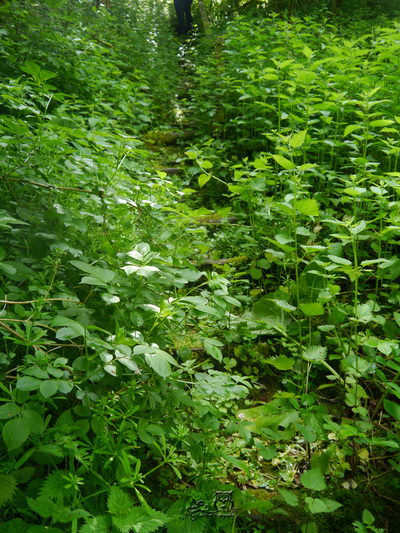
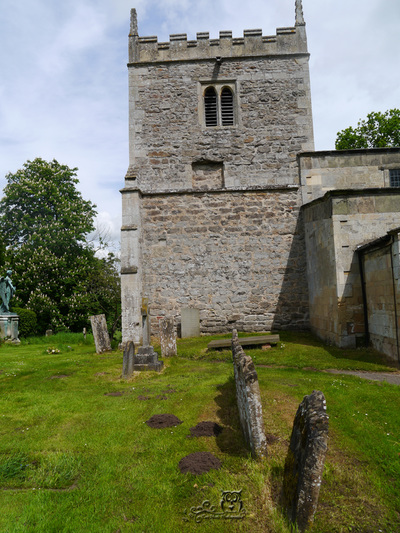
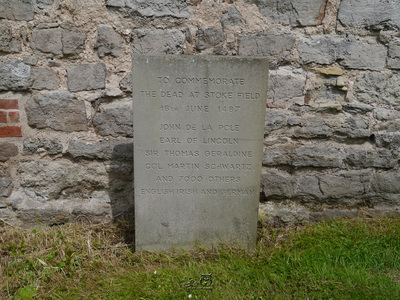
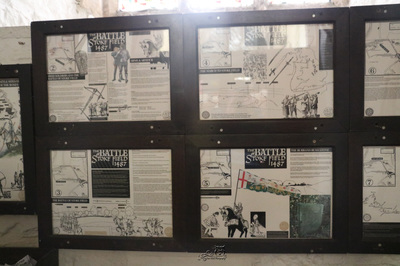


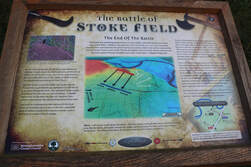

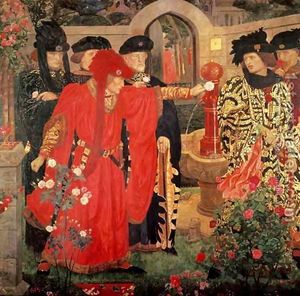
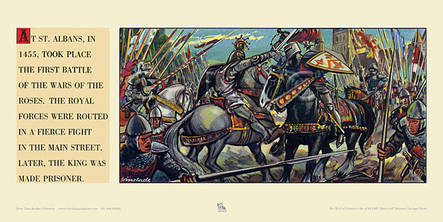
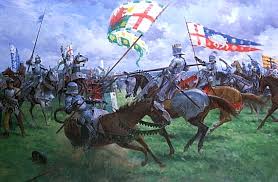
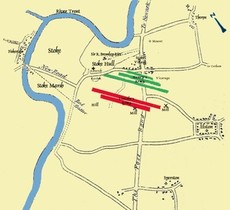
 RSS Feed
RSS Feed
